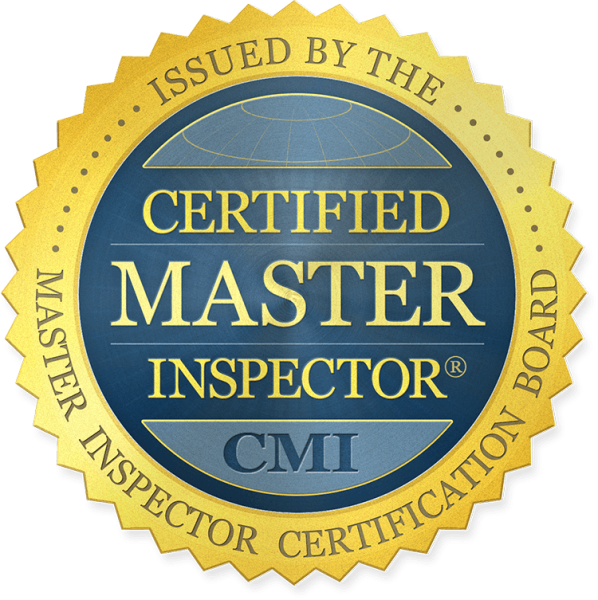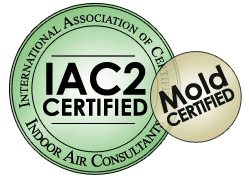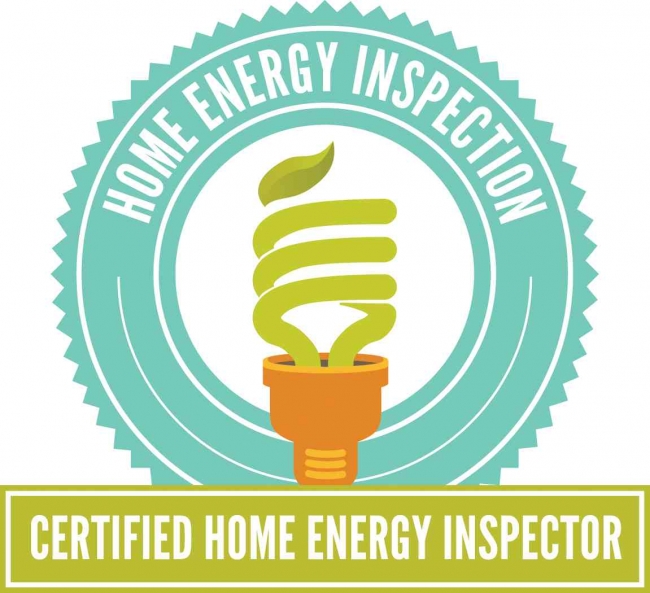
With the arrival of Old Man Winter nearing, nothing seems cozier than a nice wood burning fire roaring in the fireplace, watching the flames dance around the logs to their own music. Sipping hot cocoa, maybe cuddling with a loved one, watching an old movie, or listening to soft music, makes the winter seem a little less harsh.
However, an unexpected, roaring chimney fire can abruptly change the mood and the entire setting. According to insurance companies, 36% of heating fires are, in fact, chimney fires. That soft, yellow flame is spewing creosote, tar, and possibly other flammables into your flue. It can accumulate on the flue walls, waiting to be ignited when you least expect it. Whether your chimney is masonry, pre-fab, tiled, or lined, it is still susceptible to these same conditions. The great news is, chimney fires are 100% preventable, with not much effort. Inspection Connection provides inspections of fireplaces and chimneys during our Home Inspection, but we always recommend a professional chimney contractor inspect it before a fire is started.
Here are some pointers on how to prevent a dangerous, potentially deadly chimney fire:
Proper Installation: All wood stoves and furnaces require specific clearances between all sides of the stove and combustible materials. Follow manufacturer’s directions.

Proper Chimney: Chimneys must be masonry or UL-Listed. Unlined, single bricked chimneys should never be used, as they are prone to deterioration and potential dangerous situations. Some older homes have unlined double brick chimneys, which may be used after thoroughly inspected, repaired, and cleaned by a chimney sweep.
Ventilation: The ventilation system is the most important part of the wood burning system. About 90% of chimney stove fires originate in the ventilation system. Wood burning stoves and inserts must have 24 gauge or heavier stovepipe connected to the chimney.
Use proper fuel: Oak, Ash, Hickory, and Beech are among the best fuel for a wood stove. Wood should be split and air-dried at least a year before burning. Cracks at the ends of the pieces are indicative they are well seasoned and ready to burn. Soft, green wood can produce more smoke than heat, and causes creosote to collect on the inside to the chimney.
Keep it Clean: Use a wire brush to clean your stovepipe and chimney annually. Controlled high temperature fires in the stove can help keep it clean as well. Never use heavy items such as bricks, chains, or brushes on the ends of a rope, as they can cause damage to the chimney and/or liner.
Avoid creosote build- up: Creosote is an intense burning, highly combustible material. Modern, air-tight stoves and inserts can produce flue temperatures too low to carry the unburned gases, and allow them to condense on the walls, forming creosote.
Following these short, simple tasks can help keep your fire cozy, warm, and safe for many winters to come. Your home will appreciate it, your loved ones will enjoy it, and the fire department and your insurance company will be thankful. To learn more about fireplaces, gas logs, and fire safety, call Inspection Connection. 304-610-4018
![]()









